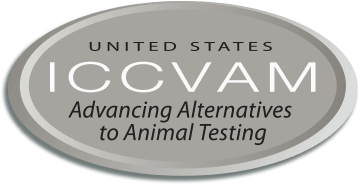Annotation and Visualization of High-throughput In Vitro Data
Linking in vitro HTS data from programs such as ToxCast and Tox21 to regulatory endpoints remains a challenge and requires both detailed information about the assays and an understanding of their biological context. For example, while information may be provided about an in vitro assay’s technology platform, design, and gene target information, it remains a challenge to interpret this information in a toxicological context for potential regulatory applications. NICEATM scientists developed a mapping approach for HTS assay endpoints that provides a robust assay grouping schema applicable beyond HTS data sets in a toxicological endpoint-based framework. This expert-led curation and annotation is available in ICE and is described in Abedini et al. 2021. The annotations map HTS assays to regulatory toxicological endpoints of interest through modes of action, which use structured vocabularies to allow data to be searched, grouped, and visualized. The annotations further increase accessibility for those unfamiliar with individual assays by defining mechanistic targets that provide context for in vitro assays to facilitate data interpretation. By leveraging these annotations, users of ICE can better identify data gaps, gain insight into mechanistic plausibility, and investigate endpoints of regulatory relevance. ICE also provides data visualization to aid review of a chemical’s potential activity based on selected mechanistic targets or modes of action contributing to regulatory endpoints.



